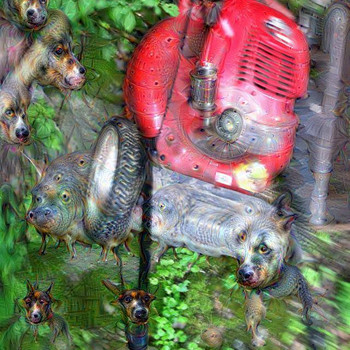What does it mean when two point charges form a dipole a small distance away from each other?
1 Answer
Small, meaning close enough together.
Two charges can only interact well enough to form a dipole if they are close enough together. Too far apart and they are essentially independent charges (does not mean they aren't interacting).
Consider the coulombic interaction between two point charges:
#V(vecr) = (q_1 q_2)/(4piepsilon_0vecr_(12)# where
#q_i# is the charge of particle#i# ,#epsilon_0 = 8.854 xx 10^(-12) "F"cdot"m"^(-1)# is the vacuum permittivity constant, and#vecr_(12)# is the radial separation between two particles.
This means the coulombic potential of the two charges depends on the distance between them and the charges' magnitudes. Large
#vecmu_(12) = qcdotvecr_(12)#
An example of a small charge is
An example of "small" for molecules is a few


